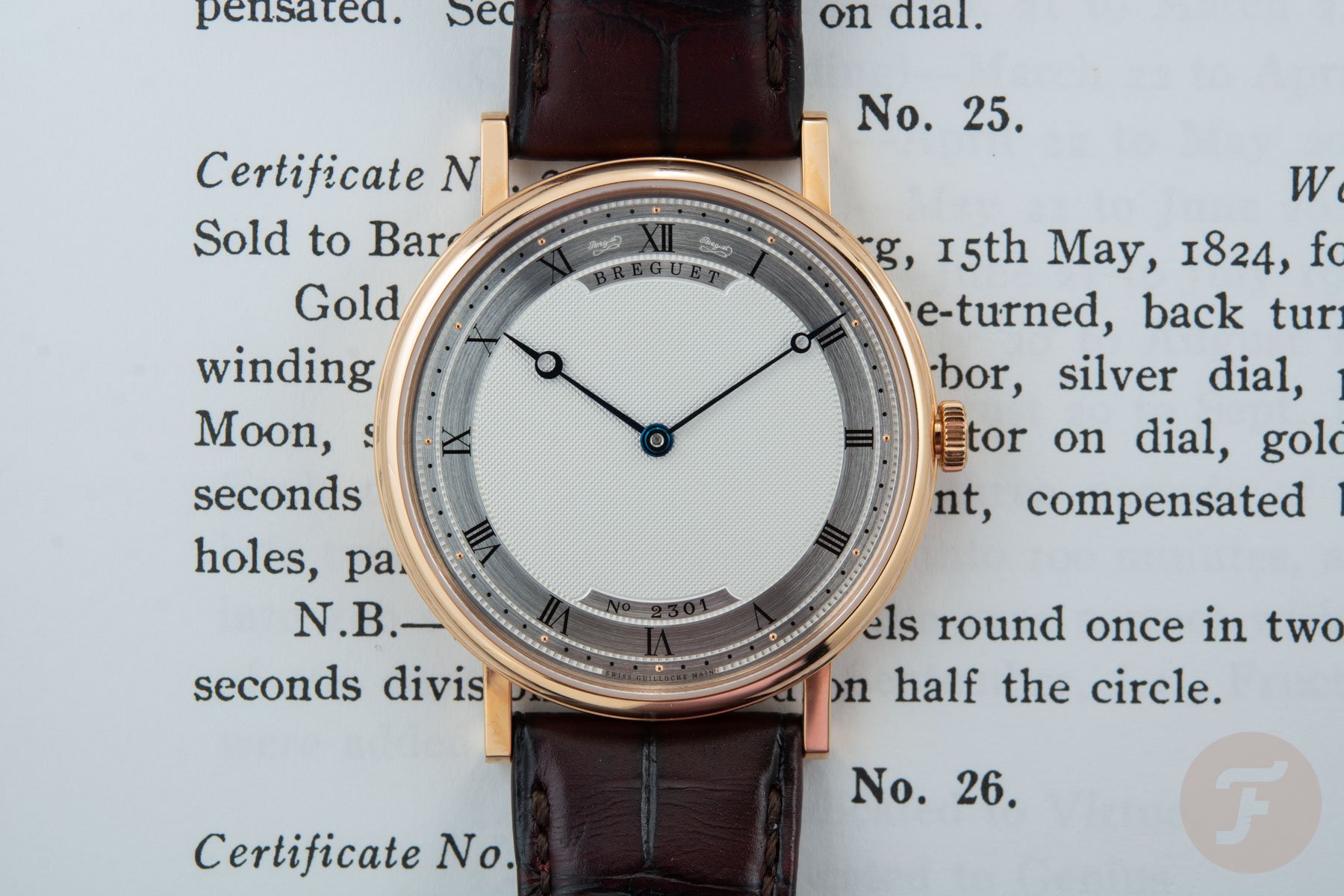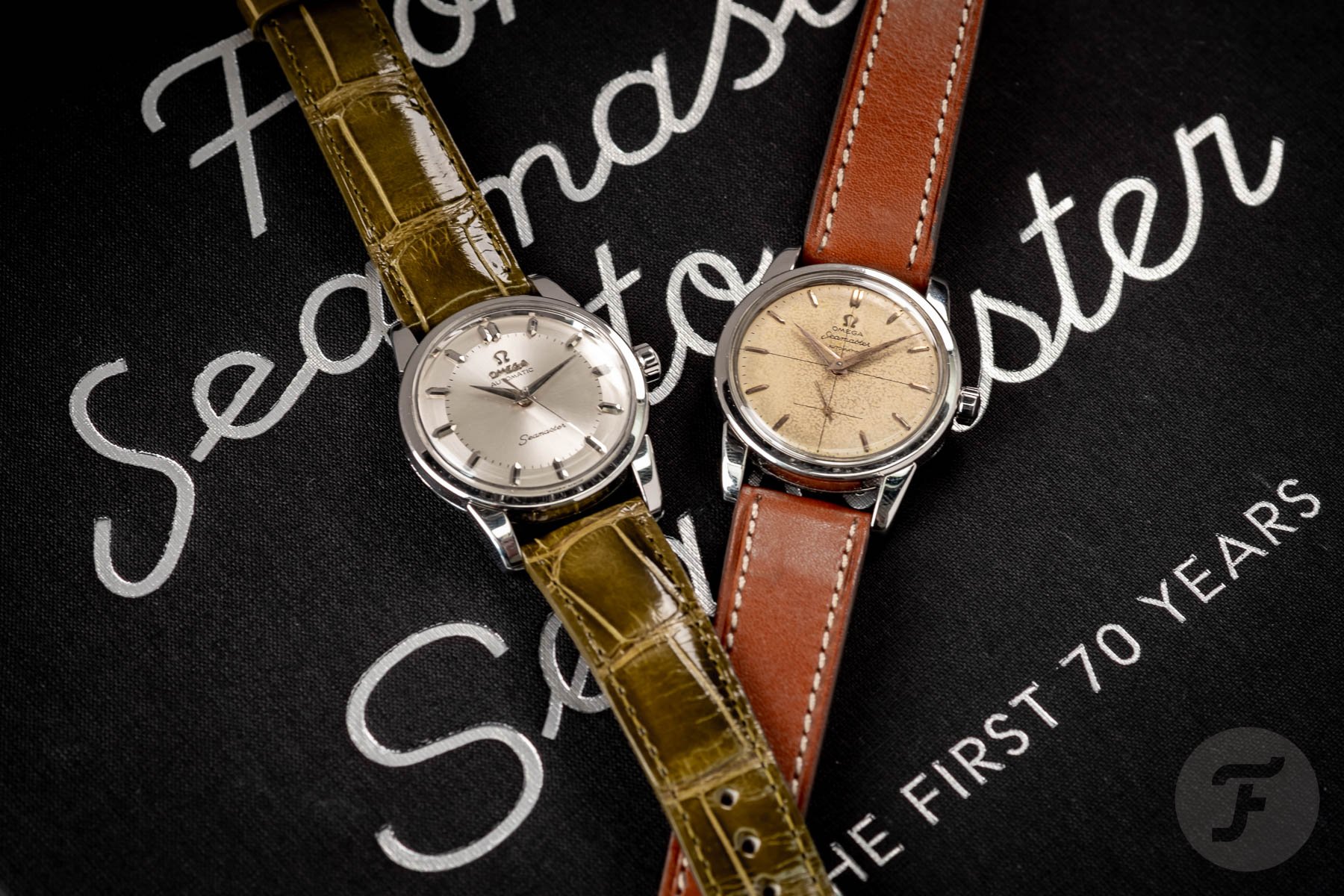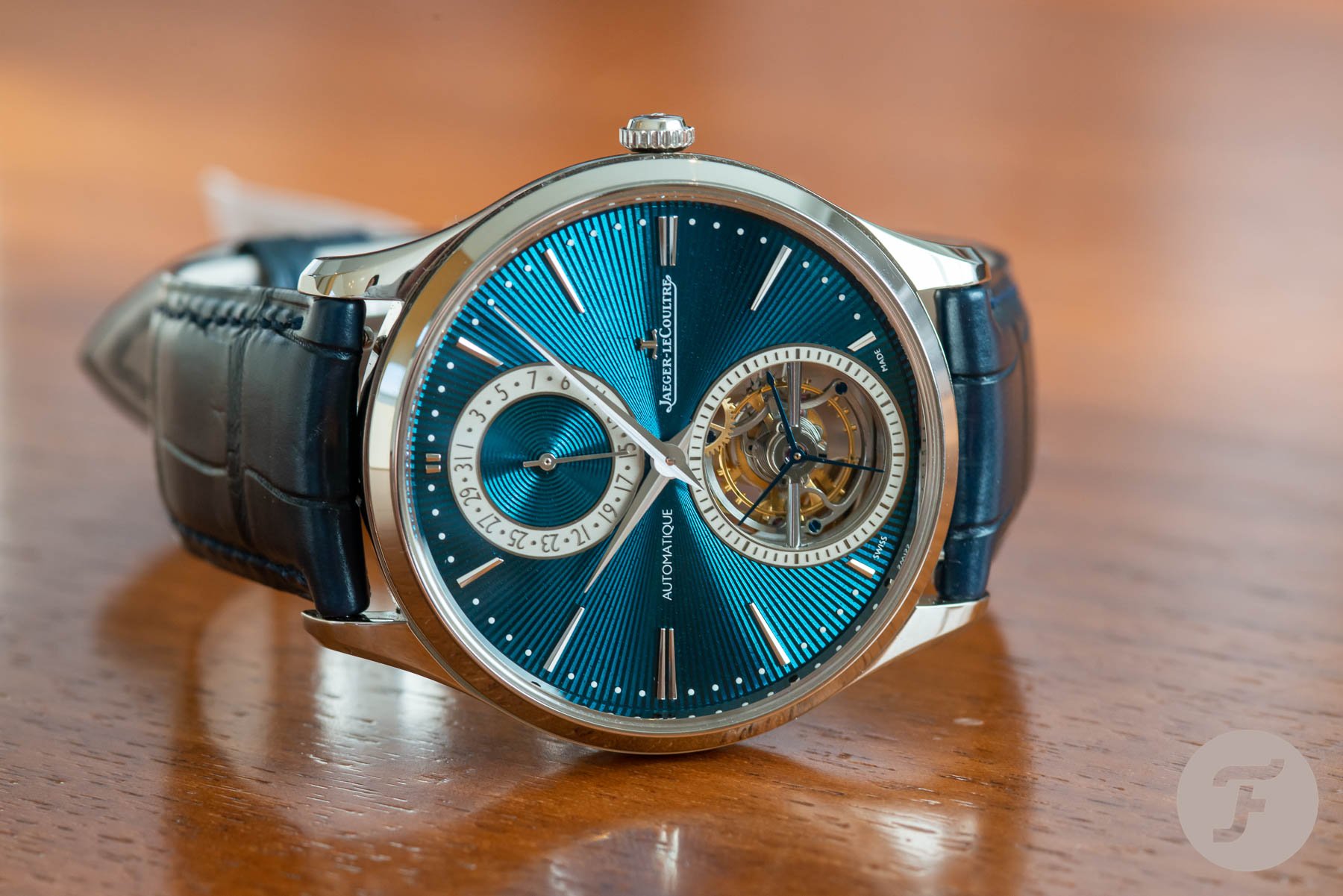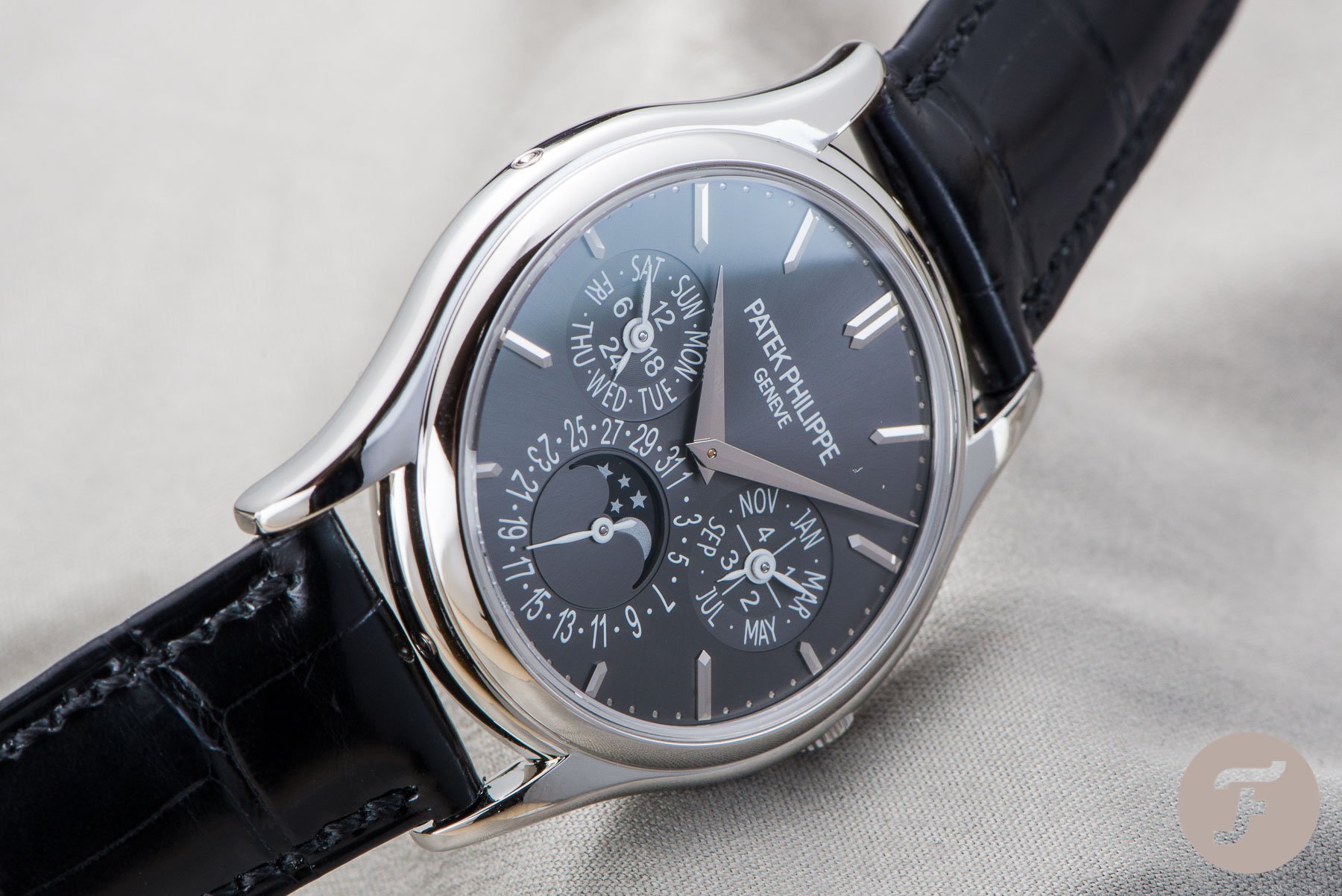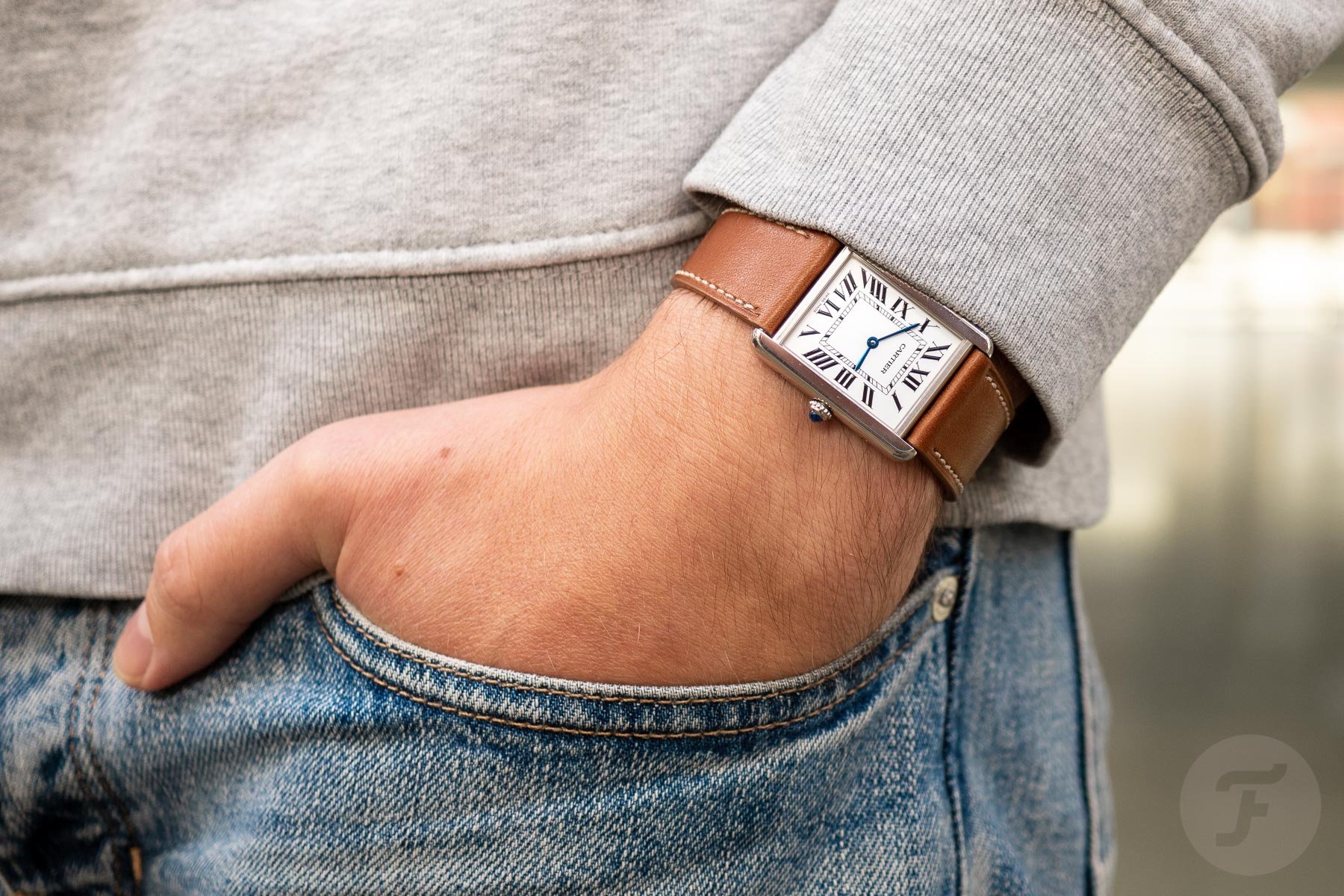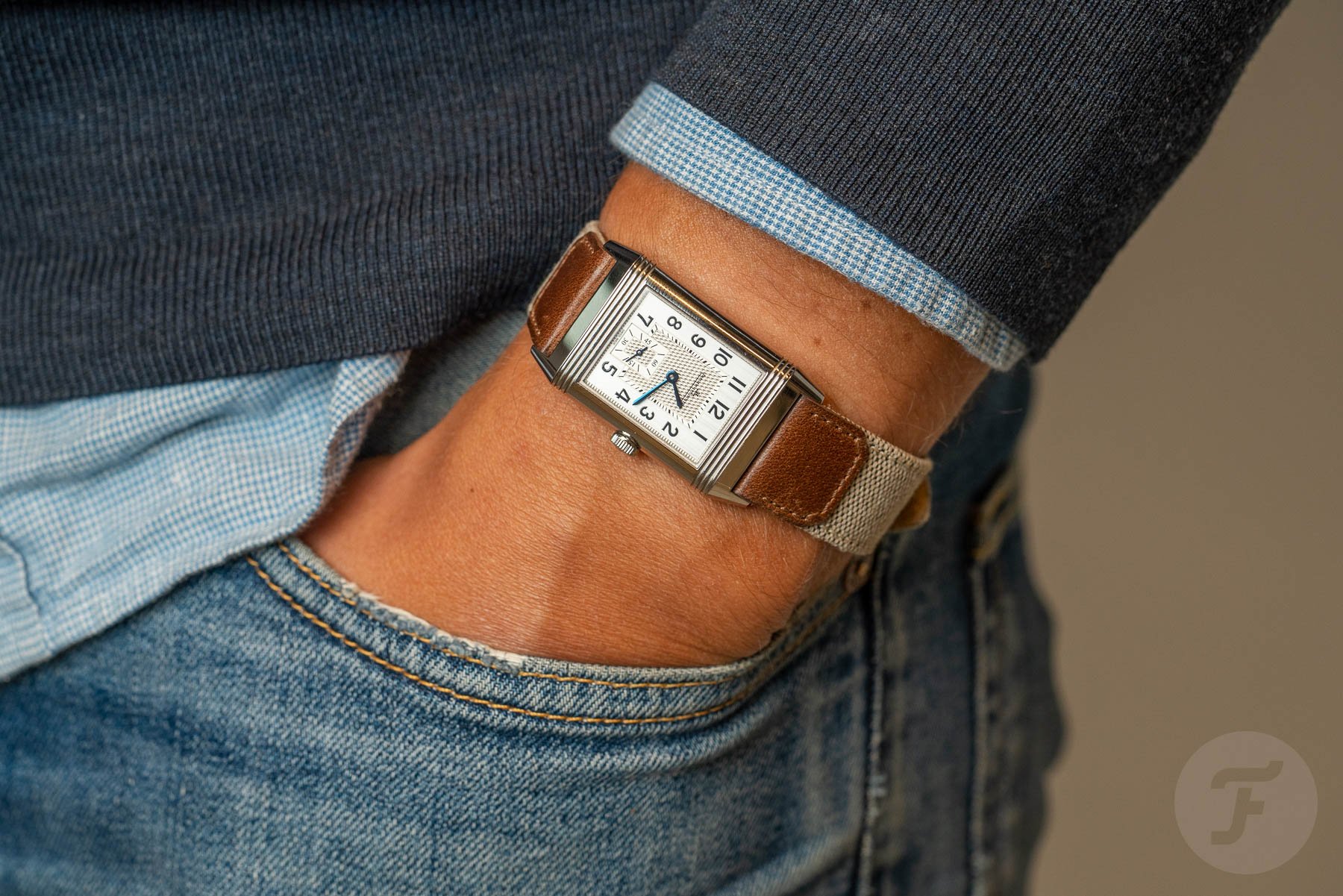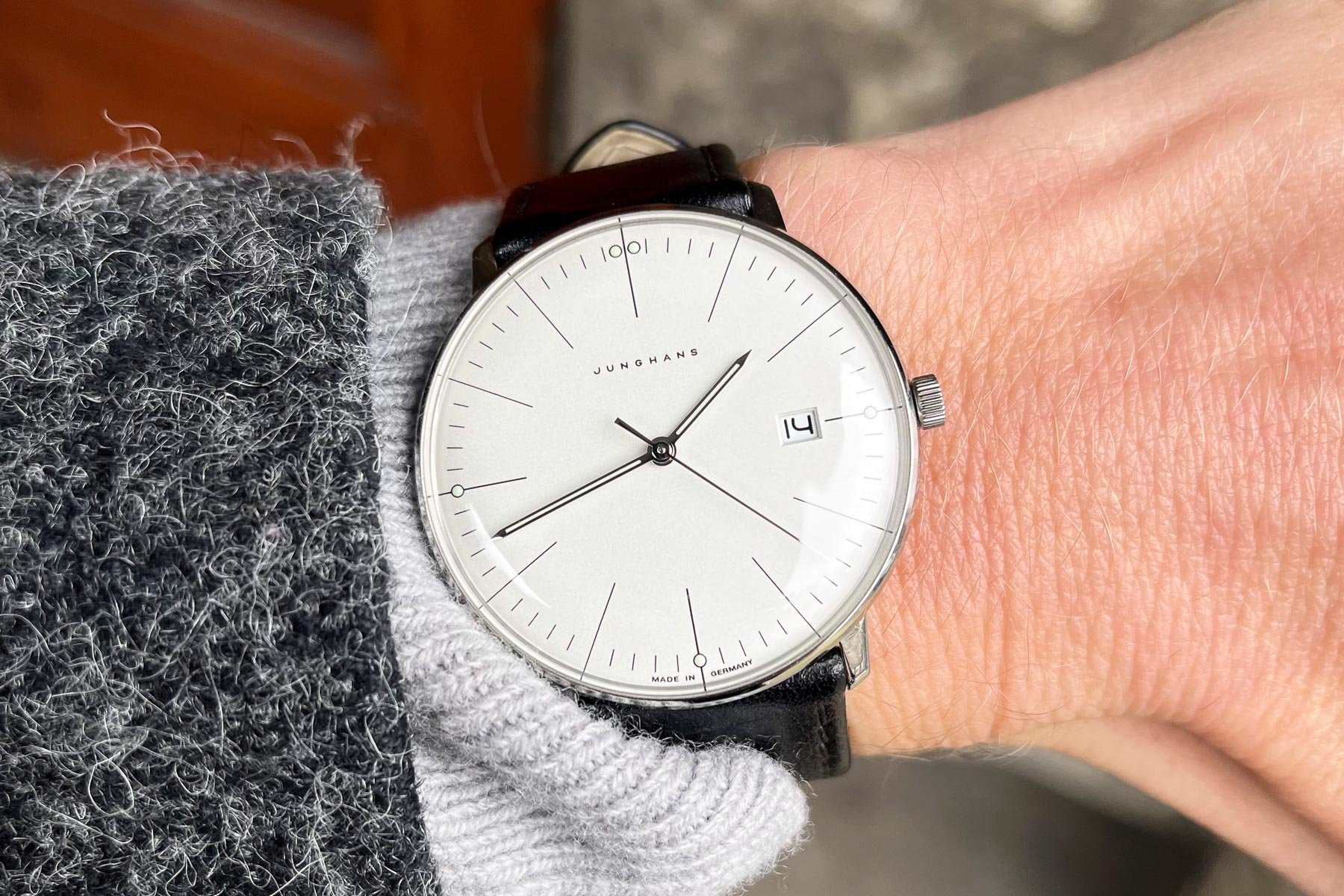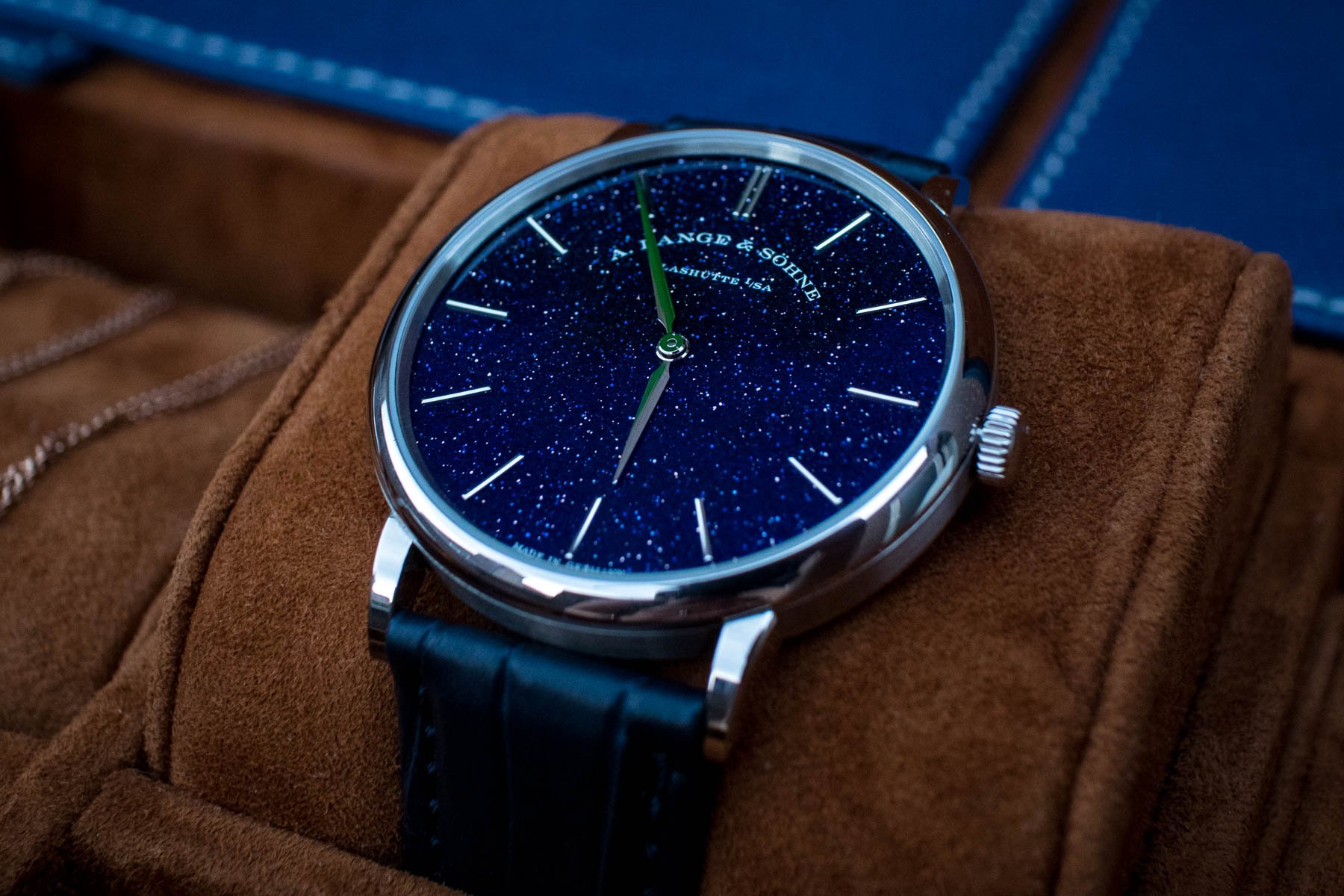Stop Calling It A Dress Watch And Just Wear One
We are seeing a resurgence in interest in the dress watch. It might just be the natural ebb and flow of trends. After a period of dominance for sports watches, we are moving on to the next thing. Still, many watch aficionados have a hurdle to take before getting into dress watches. They might feel they are too formal, too classical, or too old-fashioned. If you feel that way, let me try to convince you otherwise. There is a world of watch joy to gain.
The dress watch really is a perfect everyday watch as long as you manage to keep yourself relatively dry. If you take your watch off before showering and stay out of hard rain, there is no reason not to wear a dress watch. Let’s get into it.
What is a dress watch anyway?
There is a good chance you will have a clear image of what I mean when I say “dress watch.” That is funny because there is no formal definition. I have no ambition to provide one here, but we do need to be on the same page. A dress watch is usually elegant and thin. It comes on a leather strap and lacks sports-focused complications and water resistance. Instead, you may find more fancy complications, such as a moonphase or a tourbillon. Some say it should not even have a seconds hand. Others demand precious metals. Of course, there are exceptions to all the above, but let us take these rough notions as a starting point.
You may have heard in our podcast this morning that Lex and I clashed about what constitutes a dress watch. I love the guy, but I disagree with his notion that a dress watch must have been intended as such. My 35mm super-slender vintage Seamasters are perfect dress watches for me today. Of course, they were pretty hardcore sports watches when they were released, but the same applies to the Jaeger-LeCoultre Reverso.
That brings us to do-it-all watches. You will be perfectly fine at the opera while wearing your Datejust, but I think we can agree that it is not a real dress watch, even if you put it on a glossy black crocodile strap. The screw-down crown and water resistance give away its true, sporty nature. Weird, isn’t it? A Datejust is “too good to be a dress watch.”
“Dress watch” is a useless stamp
This proves my point. To build a set of rules around what constitutes a dress watch is a senseless endeavor — unless, that is, you come at it from an etiquette angle. I can see how certain dos and don’ts apply to attire on specific occasions. If that puts specific demands on watches, such as a mandatory leather strap, fine.
Otherwise, what we consider a dress watch today was just “a watch” when wristwatches first gained popularity. They were all dainty, elegant, and usually basic two- or three-handers. And watch brands knew a thing or two about slenderness as well. Granted, “casual” attire as we know it today was not really a thing yet back then. Perhaps that is why we associate the style with dressier attire.
The issue is that I think the concept puts people off. If you do not wear formal attire, I can see why you would dismiss dress watches. And that is a shame because, while formal attire demands a dress watch, dress watches do not require formal attire. I am not going to try to banish the term “dress watch,” but one could certainly make such a case.
Dressing down the dress watch
If a dress watch is intimidating to you, you can try dressing it down. Most come on very formal-looking straps — think black, brown, and blue exotic leathers. Switching it up might make the watch more accessible for you.
You can go much further than you might think. Some dress watches almost turn into field watches if you put them on a NATO. Some can take a really brightly colored leather strap. Others demand a more serious pairing, but that still leaves plenty of options. I have found that a nice nubuck strap can take the seriousness down significantly. A good nubuck strap in moss green or tan can turn an overly serious watch into something more versatile.
You can also dress down your dress watch while leaving it on the original strap. However, you do have to be somewhat into fashion or at least care about what clothes you put on. If you do not, you can skip the following section.
It is all about a perfect match or a hard contrast
Obviously, a dress watch works miracles with a formal outfit. Even classical casual attire is a perfect match. Our very own Daan is a perfect example. He is a well-groomed gent in a classical Spanish kind of style. He usually pairs jeans with suede shoes, a white and blue striped shirt, and a knit sweater in an earthy tone. A touch of gray in his hair completes the look. Formal watches suit him to a tee.
The alternative is the hardest possible contrast — real streetwear. I’m talking ripped jeans, oversized print shirts, an army-style overshirt, and, obviously, a badass pair of sneakers. Strap on a Breguet, JLC, or Cartier, and the result is awesome. Lex owns some pretty out-there Nikes and proper Japanese denim that go very well with a super-serious watch.
It is right in the middle of those two where it is a little tougher. I have heard our own RJ complain that some watches are too formal for him, and that makes sense. When he is dressed casually, it is basic with a classical touch. Think jeans and a polo shirt. His slick, combed-back hair and gold wire glasses cement a mature and sober look. An overly formal watch can make him look a little too serious. I’d say take a pair of scissors to those jeans, RJ, or stick with Speedmasters.
Just embrace that different feeling
If you are used to wearing sports watches, a dress watch will feel radically different. Your first intuition might be, “Nope, it makes me look like an old fart.” And maybe it does. But maybe it is just the fact that you are not used to the different feeling that such a watch provides.
Dress watches are often simpler and more elegant. They are not the typical technical-powerhouse watches that you brag about in the pub — “Mine can go to the bottom of the ocean.” It is usually the more refined details that matter in a dress watch — that specific font, the guilloché work, the fine case finishing, or the beautiful lacquer on the dial. This requires some more attention. It takes a developed nose to sniff out those subtleties, so to speak.
And that is something worth embracing. It is a different aspect of our watch passion and one that can enrich your experience. I am not telling you to sell off all your sports watches, but try to appreciate that little dress watch as well.
Closing thoughts on the dress watch
Think of it this way: most of us wear dive watches, but we never actually dive. You can wear a dress watch the same way. There is no need to be in regular boardroom meetings or Michelin-star restaurants. You can enjoy them for what they are.
I see a growing appreciation for dress watches. In fact, our articles on them are now attracting way more traffic (relative to sports watches) than a couple of years ago. I think it is a sign of the times. With many popular sports watches unavailable or overly expensive and street robberies on the news daily, something smaller and more subdued becomes very attractive. And, of course, the previously mentioned coming and going of trends plays a role.
So, how about you? Do you own and wear a dress watch? Do you use it strictly on formal occasions? Or do you have one as your daily driver? Alternatively, are you in the “hardcore sports watches only” camp? Let me know in the comments below.
P.S. I used some high-end brands as examples. As with any style of watch, dress watches can be found for any budget. My point is not about Haute Horlogerie, merely about the style.
You can find and follow me on Instagram: @time_travelers_journal
Cover image courtesy of Xupes.

